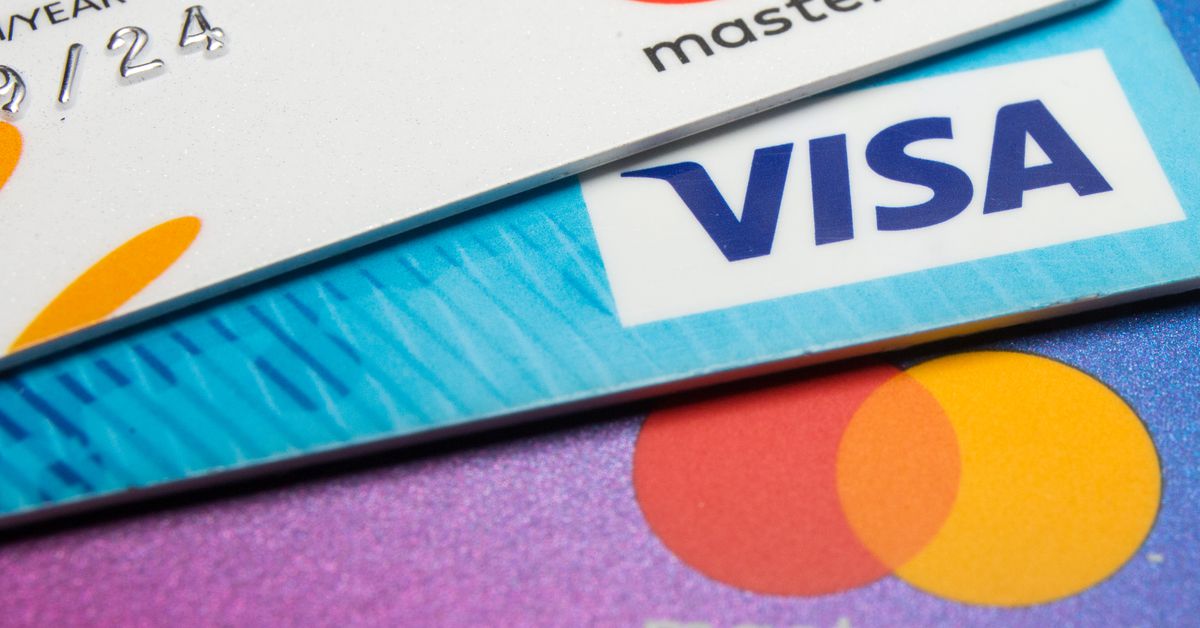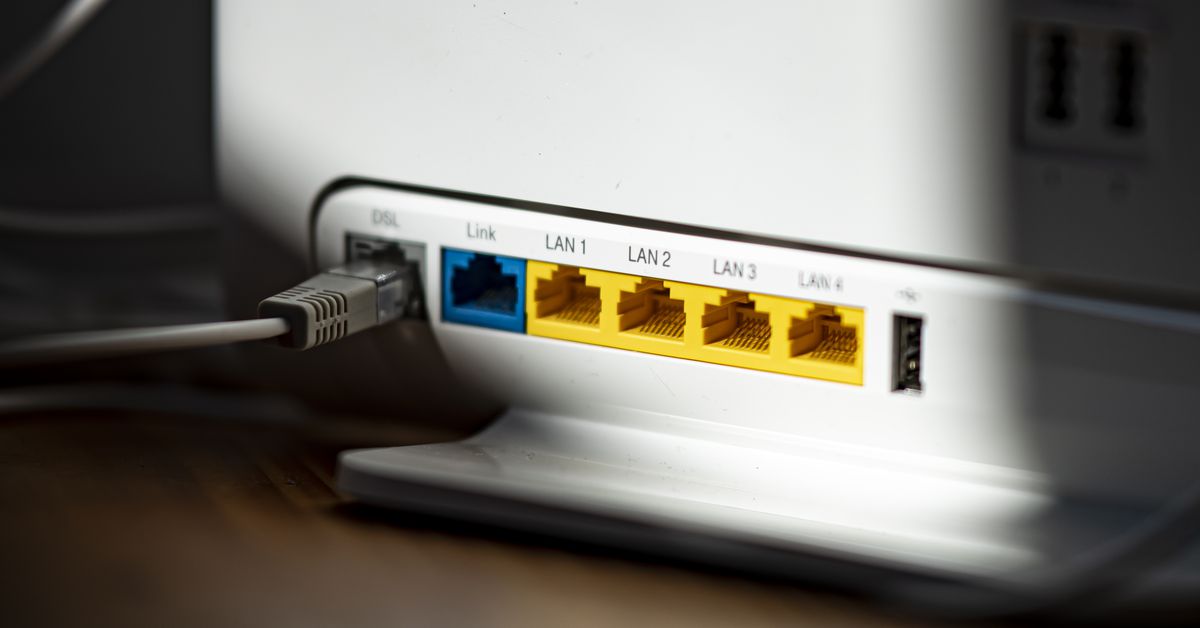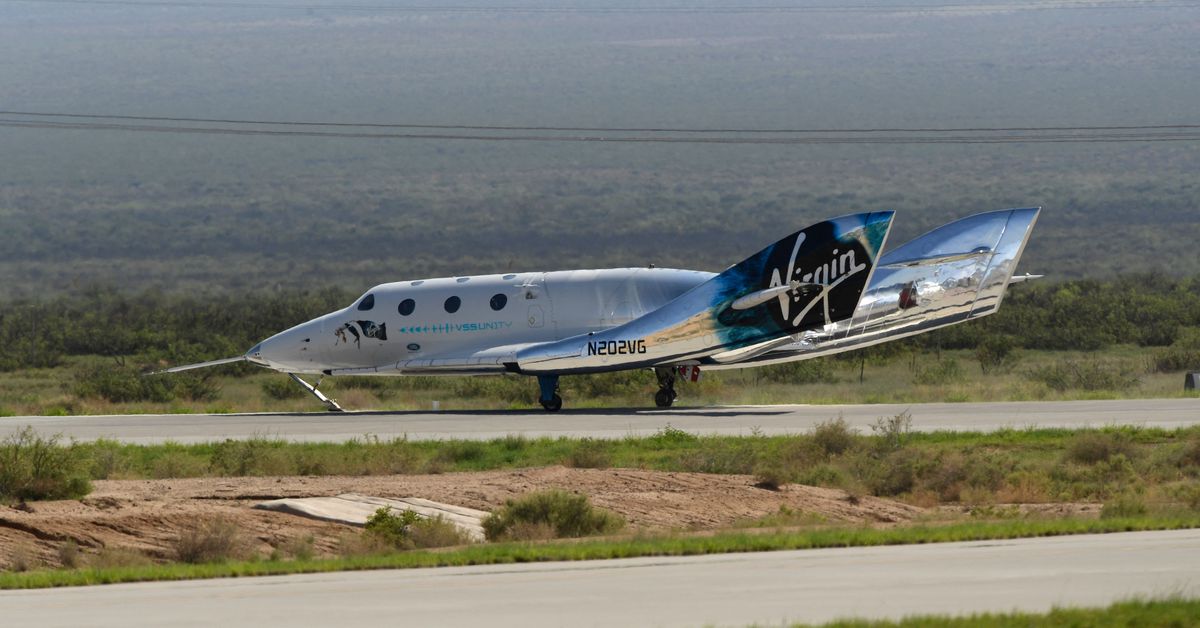Battle of the best robovacs (that iRobot doesn’t make)
We put the Roborock S8 MaxV Ultra head-to-head against the DreameBot X30 Ultra to find out which of these Roomba competitors’ flagship robot vacuums is the best. Continue reading…
/cdn.vox-cdn.com/uploads/chorus_asset/file/25406800/247055_VS_Review_TEMPLATE_CVirginia_B.jpg)
There are an absurd number of robot vacuums available today, but based on my testing of dozens of bots, just a handful of manufacturers are leading the pack when it comes to innovation, choice, and really good cleaning machines. These include Roborock, iRobot, and Dreame. Each has recently released new flagship models: the Roborock S8 MaxV Ultra, the DreameBot X30 Ultra, and iRobot’s Roomba Combo J9 Plus.
I’ve reviewed the Combo j9 Plus, and I still recommend Roombas if you’re looking for either a high-end robovac or a budget bot, in large part due to their repairability, ease of use, and reliability. But the competition is getting very good, and with iRobot’s future looking shaky following its break up with Amazon, I figured it was time for a deeper dive into its strongest competitors. Here, I pit the X30 Ultra against the S8 Max V Ultra to see which one is the best.
The Roborock S8 MaxV Ultra ($1,799.99) is a robot vacuum and mop with a charging dock that fills the robot’s onboard water tank, cleans and dries its mop pads, and empties its onboard dustbin. It features a whopping 10,000Pa of suction and a camera for obstacle detection and avoidance. Its mop vibrates up to 4,000 times a minute to scrub your floors and raises up to 20mm to avoid carpet.
The S8 MaxV has a new flexi arm that pushes its spinning side brush out further to get into corners better and a side mop that helps clean along edges. A new on-device voice assistant can take direct commands, so you don’t need to use the app or a third-party speaker to control the robot (although it works with Alexa, Google Home, and Siri Shortcuts). It’s also one of the first robot vacuums that will support Matter, although that feature hasn’t been turned on yet.
The DreameBot X30 Ultra ($1,699.99) has many of the same features as the S8 MaxV Ultra, including a charging dock that auto-empties, washes the mops, and fills the robot’s water tank, plus a camera for obstacle detection. It has 8,300Pa suction and uses dual spinning mop pads that it can automatically remove when it vacuums — my favorite feature. It can also lift the mops if needed (up to 10.5mm).
Uniquely, the Dreame can extend its mops out to reach baseboards and even under low furniture, as far as 4cm; this is surprisingly effective at getting up grime from edges.
I let these two bots battle it out in my home over 10 days, testing their cleaning prowess, mopping chops, navigation skills, and unique features — such as an arm and mops that do the splits. I also evaluated the design and usability of their multifunction charging docks and how well they meet their promise of hands-free cleaning. I put their companion apps through their paces, diving into all the settings and features these machines offer in their quest to clean your floors. Read on to find out which one came out on top.
Dock design and function: bigger is beautiful unless you can plumb it
Despite being bigger the Dreame’s dock (left) looks better.
While Roborock has redesigned its dock into something smaller and more aesthetically pleasing (it was the first to release a multifunction dock, and those early days were characterized by hulking monstrosities), it’s still one of the ugliest out there. Dreame, on the other hand, has perfected the stylish dock look, and while it’s bigger than Roborock’s, it’s much prettier.
Dreame’s dock is also slightly more functional. While both models will wash the mops with hot water and dry them with heated air, which helps deal with the smell and mess, Dreame has little wipers that clean the mop area for you, whereas Roborock’s mop tray needs manual cleaning. However, Roborock has the option to connect directly to your plumbing, doing away with the bulky water tank-look entirely. You do need to get a specific model for this, which costs $100 more. While Dreame sells an add-on kit to its existing model for this function, it’s only available in Asia. A North American model — the X40 — is coming later this month, but it costs nineteen hundred dollars.
Winner: Tie
Navigation and obstacle avoidance: they both dodged the poop
Both models use lidar to map and navigate your home. They both mapped the house quickly and accurately and responded correctly to requests for room-specific cleaning and zone cleaning — meaning they didn’t get lost. These robots both have front-facing cameras for AI-powered obstacle avoidance, and they both nimbly avoided fake dog turds, socks, shoes, and bundles of cables.
However, each had weak spots. The Dreame successfully sucked up a pile of Cheerios, which the Roborock thought was an obstacle, but the Dreame got stuck on a stray iPhone cable that the Roborock dodged. Roborock also loves to eat pencils. In the end, though, they were both rarely derailed compared to non-camera-powered robots I’ve tested, and that’s the biggest benefit of AI-powered obstacle avoidance unless you regularly let your pet poop in your house.
This is the first Roborock since the excellent S7 MaxV Ultra to feature a camera for object detection (all the other models use 3D obstacle detection, which is not as effective). But Roombas with the same feature are still the best at knowing what’s in its way and successfully avoiding it or cleaning it when necessary. Also worth noting: if you have a bed skirt or fabric around your sofa, lidar-powered robots will see it as a wall, whereas a VSLAM-powered model, like the Roombas, will push right through and clean under your bed.
Winner: Tie
The S8 MaxV Ultra’s robot arm reaches out to get debris out of corners.
Vacuuming power: Roborock sucks hardest and has an arm …
Both bots have super suction power and did an excellent job getting up every last bit of larger debris, such as rice and oatmeal, on hard floor. But Roborock’s dual-brush system did a better job on carpet, and its rubber roller design means less hair tangle. Dreame sent me its new $50 anti-tangle tri-cut brush (sold separately) that cuts the hair, and I didn’t have to deal with any tangles, which was nice. But the Roborock was tangle-free without buying an extra accessory, and its dual brushes did better at getting dirt and hair up off the carpet.
Roborock’s flexi arm is also a great upgrade. It’s designed to help the bot clean corners better by reaching the spinning brush out to swipe up the dirt. I have seen this in action at CES, but it happens in the flash of an eye, and despite spending a lot of time hovering over the bot, I never actually saw it work in my home. But the debris I put in the corners to test it was gone, so I guess it worked?!
The Dreame (left) has a single roller brush, whereas the Roborock has two rubber brushes that are better at getting dirt off carpet and sucking up messes in one pass than the Dreame.
Auto-cleaning modes are a new feature I’m starting to see on high-end robots. They eliminate the bother of having to set specific cleaning modes for different rooms — such as cleaning the kitchen and entryway twice but the dining room once. Both Roborock and Dreame have versions of this AI-powered cleaning mode. Dreame calls it CleanGenius, and Roborock’s is SmartPlan. I found them both very useful for just hitting go and not having to plan the route but still ending up with spotless floors.
These modes also turn on a feature that sends the robot back to clean areas it determines that need more attention. This was hard to test effectively in the time I’ve had with them, but it’s an interesting feature I’ll be keeping an eye on. Anything that involves less of me spending time with an app and more of the robot doing things on its own is a good thing.
I really liked Roborock’s “Recommended Routines,” personalized cleaning sequences that again mean less programming by you. There’s an After Meals one that tackles the kitchen and dining room and a Pet Supply option for cleaning around pet food areas (the robot can identify pets, pet beds, and pet bowls), along with a few other useful options.
Winner: Roborock
Mopping prowess: Dreame’s mop moving and mop removal is genius
Dreame’s auto-detachable mop pads are still the best way I’ve seen to deal with the “how does a robot mop and vacuum without messing up your carpet” conundrum. When it’s cleaning carpet, it goes back to its dock, takes off its mop pads, then goes and vacuums. Genius. It can also raise its mop to about 10mm if needed to save time, so it can still traverse carpet to mop further away rooms. Roborock’s mop isn’t detachable, although you can manually remove the pad itself. It does lift a lot higher, up to 20mm, but there’s still a chance of contaminating high-pile carpets unless you tell it to avoid carpets.
Dreame’s dual oscillating mop pads also do a better job of getting wet messes off the floor than Roborock’s single flat pad. While Roborock’s mop vibrates up to 4,000 times a minute, Dreame successfully removed all the dried ketchup and OJ in my tests, whereas Roborock left a trace behind.
The other thing Dreame does very well is clean baseboards and edges. It uses a “MopExtend RoboSwing” technology that extends its mop out to reach the baseboard and also swings the robot toward the edge to push the mops under things like my fridge and dishwasher, getting the grime that other cleaning methods miss. Roborock’s Extra Edge Mop system, new on the S8 MaxV Ultra, does give the bot a bit more mopping reach — a small spinning mop pad extends slightly out from the right of the robot, but it’s not a patch on the Dreame.
Winner: Dreame
Apps, video cameras, voice control, and Matter, oh my!
These high-end robovacs have a dizzying amount of features accessed through their apps; which is where you set up the map (name rooms and add furniture to help the robot understand your home better). This was easy to do on both, and they have very similar apps.
However, Roborock’s app is more refined, more stable, and slightly more user-friendly. Both have so, so many settings menus to dive into to customize everything from how often the bot washes its mop and when it empties its bin to which direction it cleans your hardwood floors (yes — you can select “along the grain”). But Roborock makes it easier to get to what you need. It also never crashed on me, whereas Dreame’s often showed the robot offline or made me wait a while before I could access it.
One neat feature is that both can act as roving home security cameras. Roborock even claims it can go look for your pet — although it failed to find my 80lb pup when he was sitting right in front of it. To be fair, it was dark, and he looks like a rug. You can also drop in on the robot’s camera and see and talk to people in your home — yes, that’s as weird as it sounds, but there could be a use case. The camera feature is not enabled by default on either Dreame or Roborock and requires a set of actions and a code to access it remotely.
The Roborock on patrol for a pet. It didn’t spot my dog here, but it can be set to snap pictures of your pet whenever it sees them.
Only Roborock has built-in voice control, a new feature with this model. The wake word is Hello Rocky, and it worked very well, responding promptly and understanding my commands. You do have to wait a beat after activating it to say the command, which takes a bit of getting used to. Dreame can respond to voice commands from Alexa, Google Home, and Siri shortcuts (as does Roborock), but the single-purpose use here makes the experience much better.
Hello Rocky gave me much more control than any of the third-party integrations. I could ask it to empty the bin, skip here, stop drying, and more, along with all the standard commands like clean the kitchen and go back to the dock.
Finally, Roborock supports Matter, which gives it an edge. While none of the major smart home platforms support robot vacuums in Matter yet, most have said they will soon. The fact that Roborock’s S8 MaxV Ultra is already Matter-certified means you’re ready for that future if and when it arrives. Dreame has said it will support Matter in its newest vacuums but has not made any announcements about the X30.
Winner: Roborock
Which bot’s the best?
The Dreame X30 Ultra (left) and the Roborock S8 MaxV Ultra are both impressive robot vacuum mops.
Both robots perform exceptionally well at mopping and vacuuming, and their all-singing-all-dancing docks make floor maintenance virtually hands-free. But the Roborock beats the DreameBot overall thanks to its superior vacuuming performance, easier-to-use app, and built-in voice control. Its dual roller brushes, side brush, and 10,000Pa suction demolished all the dry dirt in my tests. And while the Dreame is better at mopping, the Roborock is still very good.
If mopping is what you really want, the DreameBot’s oscillating mops do a better job with wet spills and dried-on gunk, like ketchup. The mop removal feature meant I didn’t have to worry about my white, high-pile carpet at all. If you have a lot of carpet or high-pile rugs scattered around your home or prefer the nicer-looking dock, Dreame may be a better choice, but otherwise, the Roborock will suit you very well.
If you are sold on these bots but can’t stomach the price, both brands have cheaper models that do almost as much. The Roborock S8 Pro Ultra costs $1,600 and has lower suction power, no camera (so no AI-powered obstacle detection), and no voice assistant or Matter. Dreame’s previous flagship model, the L20 Ultra, is currently $1,500 and slightly better in a few areas. It does have lower suction power but can remove its mops and extend them (though not as far as the X30). However, its auto-emptying wasn’t as reliable.
I should note that Dreame has just announced the X40 Ultra, which will be available for an eye-watering $1,900 and will have a model with a direct water hookup. The X40 also adds a flexi arm — just like Roborock’s — and 12,000Pa of suction. But it still only has one roller brush, and the brushes are key to cleaning. Also, yes, I do think these robots are breeding.

 JaneWalter
JaneWalter 






























